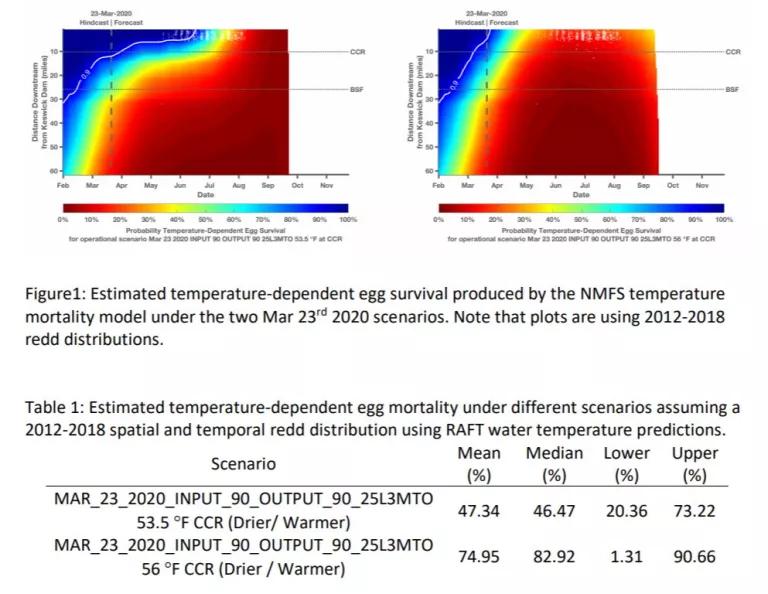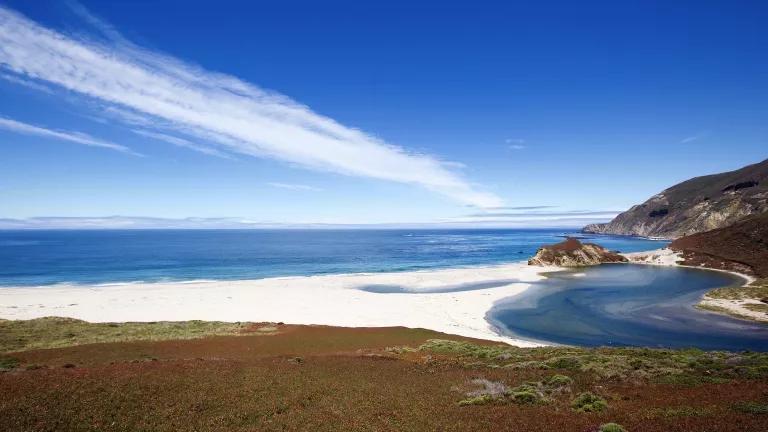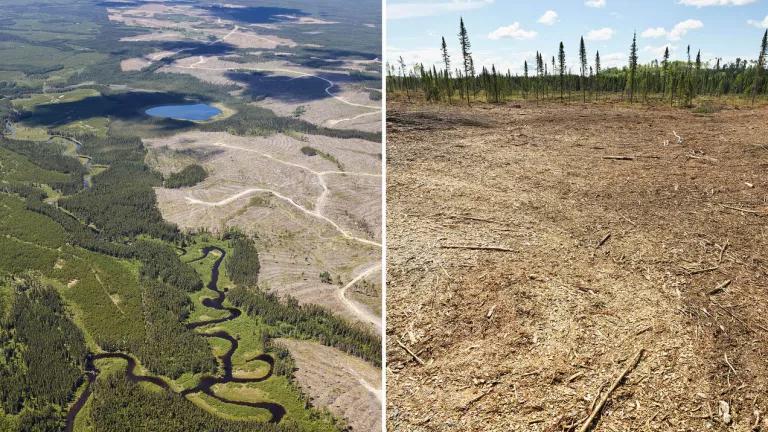
These are challenging times for California as we face the current public health and economic crisis. As we fight this pandemic in global solidarity, we must continue our local efforts to protect our environment. Those efforts are sorely needed as the real-world impact of the Trump Administration’s new biological opinions on the operations of the Central Valley Project and State Water Project is becoming clear. And it is not pretty.
This past week, the National Marine Fisheries Service (NMFS) released its estimate of how salmon are likely to fare in the Sacramento River below Shasta Dam under the Bureau of Reclamation’s planned water operations this year. Under the most optimistic scenario evaluated by the Fisheries Service (managing to NMFS’ recommended instream temperature of 53.5° F), the federal agencies predict that almost 50% of salmon eggs and fry incubating below Shasta Dam will die, with the upper end of their estimated range predicting almost 75% will die. Under the alternative scenario, where Reclamation tries to stretch out cold water releases from Shasta Dam for a longer period of time (managing to a higher instream temperature of 56° F that is not adequate for salmon), the agencies predict that a mean of 75% of salmon eggs and fry will die, with an upper end estimate of 90%.
Here is NMFS’ graphic depiction of those estimates:

These numbers are devastating for endangered winter-run Chinook salmon, which only spawn and rear below Shasta Dam. NMFS has identified winter-run salmon as one of the most highly endangered species in the country, and this critically endangered species is just beginning to rebound from the battering that it suffered during the 2014 and 2015 drought years, when Reclamation’s mismanagement of Shasta Dam killed 79% (2014) and 85% (2015) of the young salmon, nearly wiping out the population of this species with a three-year life cycle.
Reclamation’s continuing reckless management of Shasta Dam not only risks the existence of winter-run salmon in the wild, but also threatens spring-run and fall-run Chinook below Shasta Dam. Fall run chinook provide the backbone of the salmon fishing industry up and down the west coast, and fishermen suffer greatly when poor freshwater management decimates the population of these “king” salmon.
And here’s the real kicker: The federal government claims that this wholesale slaughter of salmon below Shasta Dam is entirely permissible under the Trump biological opinions. The new biological opinions eliminated the requirement for NMFS to review and approve Reclamation’s temperature management plan for Shasta Dam before announcing Central Valley Project water supply allocations, even though initial decisions in April and May are critical to preserving cold water for the summer and fall. This week, a CVP contractor admitted that, under the 2009 BiOp, the water supply allocation probably would have been zero until Reclamation finalized a Shasta temperature plan. Instead, Reclamation has already announced water supply allocations that plainly jeopardize winter-run Chinook salmon. And the Trump biological opinion allows Reclamation to completely wipe out the population of young winter-run below Shasta Dam for three years running before having to “reconsult” with NMFS and think about modifying their approach. For a species that typically lives for three years, this is nothing short of a plan for extinction.
Of course, Reclamation could do something to improve salmon survival below Shasta if it chose to. Reclamation could release less water from Shasta Dam in the spring and summer, so that more cold water is available to support salmon spawning in the fall. But that means reducing water deliveries to its contractors, who divert millions of acre-feet from the Sacramento River and Delta to flood irrigate rice fields in the Sacramento Valley, and water the expansive acreage of nut trees in the San Joaquin Valley. Sending a little less water to these contractors could mean the difference between a California with wild salmon or one without.
But waiting for the Trump Administration to protect the environment would be a futile exercise. Fortunately, California’s State Water Resources Control Board already has the authority to require Reclamation to change its operations and protect salmon below Shasta Dam under Water Rights Order 90-5. The Board should act now to reject Reclamation’s current plan and demand a more protective plan for salmon, before too much water is released from Shasta.
This is one of the reasons why NRDC and our allies have gone to court to prevent these disastrous and unlawful biological opinions from being implemented: To protect our natural heritage and thousands of fishing jobs. We’re glad Attorney General Becerra and the State of California have also sued to challenge these biological opinions, and we hope the State joins with conservation and fishing groups to ask the court to stop the implementation this year of the Trump Administration’s plan for extinction.



